This is a free fortnightly newsletter about the New Zealand Net.
If you would like to be notified by email when a new edition is published, please contact ZL1NZ.
Browse our Newsletter Archive and List of Net Tips.
Featured key
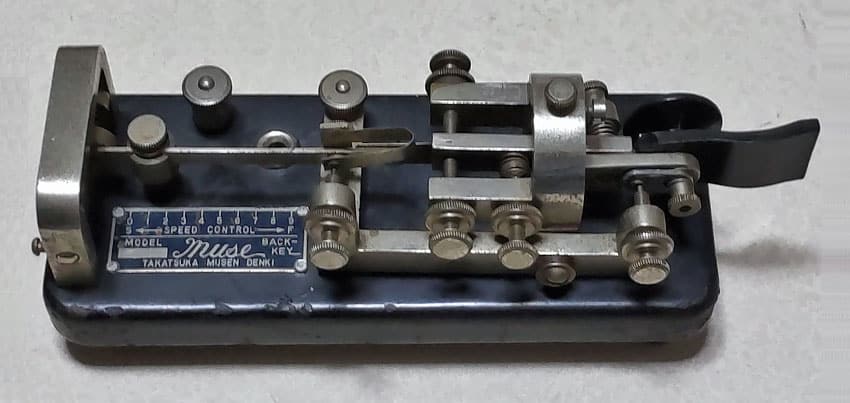
Photo: JN1GAD
By Herman VK2IXV
In the period from 1946-1950, Takaitsu Takatsuka, the Managing Director of his first company, Takatsuka Musen Denki, made his first semi-automatic (bug) key. It was called the Muse.
You may notice that on the bug’s nameplate the word BUG is misspelled as BACK. My Japanese source said that Japanese were not familiar with the pronunciation of Bug and pronounced it as Back.
In 1953, after his first company folded, Takatsuka founded the Tokyo-based company Dentsu-Seiki, which made the BK-50 Swallow bugs.
Swallow bugs, although made in Japan, were marketed and sold in the USA through many amateur radio and electronics stores like Lafayette, Midland, and many others, some using their own nameplates. For instance, the nameplate of a BK-50 bug sold by Lafayette reads “Lafayette semi-automatic key MS-358”.
The early version of the BK-50 Swallow bug had an all-metal pivot and damper frame, and the name Swallow was spelled Swalow, with one L.
Nowadays, BK-50 bugs are extremely hard to come by.
More information about Japanese bug keys can be found at telegraphkeys.com/pages/bugs/japanese.html
* If you have an interesting key for this feature, please send a nice clear photo and a few words describing it.
Quick notes
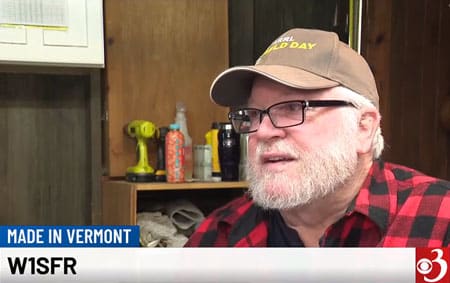 Keys on TV. Steve Roberts, who makes the lovely W1SFR torsion keys and paddles in Vermont, has been featured on a local TV news show.
Keys on TV. Steve Roberts, who makes the lovely W1SFR torsion keys and paddles in Vermont, has been featured on a local TV news show.
Check out the video.
Longer days make it very hard to hear our VK friends during the NZ Net, even for those of us far enough north to be in darkness at 0800 UTC for a little bit longer. Nevertheless, there is propagation occasionally, so thanks to VK3DRQ and VK4PN for still trying to check into the net, and we realise how hard it is for you to hear us too. Fortunately, the VKCW Net continues every Wednesday at 0600 UTC on 14.049 MHz.
QNY 40m. Another way of dealing with poor trans-Tasman propagation on 80m was demonstrated on the net a few days ago. VK3DRQ had QTC1 for ZL1NZ. But they couldn’t hear each other. So Net Control ZL2KE, who could barely hear VK3DRQ himself, asked the two ops to QNY to 40m. ZL1NZ acknowledged and proposed a specific frequency on 40m. Net Control confirmed that VK3DRQ agreed, and the two stations changed band and passed their traffic.
The CQWW CW Contest is this weekend, from 0000 UTC Saturday to 2350 UTC Sunday. Details.
Morse public demonstration. The Franklin Amateur Radio Club (NZART Branch 10) will be running another of their Morse demonstrations during Christmas on the Green at the Pukekohe rugby stadium on Saturday 2 December. Members of the public will have the opportunity to send their name in Morse over the air (on 40m), and have it transmitted back to them by another station.
Photo flashback
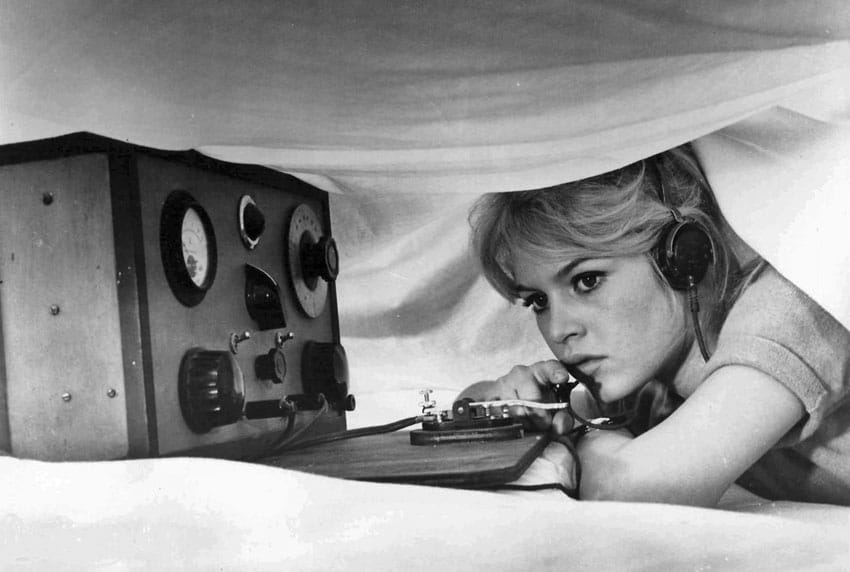
Do you recognise this radio operator? If so, you’ve got a good chance of answering the Morse Challenge later in this edition of NZ Net News.
SKN Summer Edition on 3 December
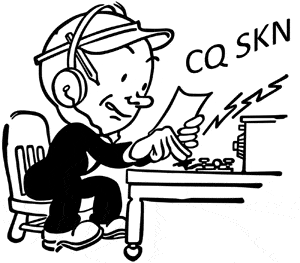 New Zealand Straight Key Night (Summer Edition) will be held on Sunday 3 Dec from 9pm to 10pm NZT on 80 metres.
New Zealand Straight Key Night (Summer Edition) will be held on Sunday 3 Dec from 9pm to 10pm NZT on 80 metres.
SKN honours the original amateur radio mode in an easy-going style. Operators send signal report, name, location, type of key, type of transmitter and power output. Stations are limited to 100W output power.
SKN is not a contest – but the operator who gets the most votes for the quality of their sending will win the Bruce Scahill Best Fist Award. This certificate honours Bruce ZL1BWG (SK), who was a dedicated supporter of SKN.
SKN uses the QSY Rule. Any station that calls CQ must QSY after making a contact. This will keep everyone on their toes!
More information about SKN is available at zl1.nz/skn or you can contact ZL1NZ.
SKN is open to all straight key operators, regardless of skill level or speed.
Morse training on 78 RPM discs
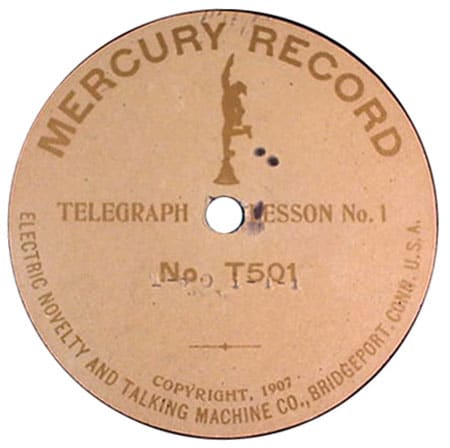 In the previous NZ Net News, we talked about training for Morse beginners. Did you know that audio training programmes – including what we now call “Farnsworth spacing” – have been around for over 100 years?
In the previous NZ Net News, we talked about training for Morse beginners. Did you know that audio training programmes – including what we now call “Farnsworth spacing” – have been around for over 100 years?
Thanks to a post on the UK FISTS forum, I discovered the excellent website of Norman Field G4LQF.
The site includes a page about Morse training on 78 RPM discs. The disc in the picture is from 1907 and was sold as either a single-sided disc or a cylinder.
Norman has quite a collection of these training discs, and has even posted short extracts from each. As he says, “It takes but little imagination – especially with the surface noise of 78s – to listen to these often ancient discs as if they were coming off the air. The fact that, however ‘beat-up’ the record is, the code is always readable, also forms a fitting tribute to the efficiency and versatility of Morse Code…”
For a special treat, you can even hear a record made by Thomas Edison as a gift to his fellow telegraphists!
Why radiotelephone won’t replace Morse Code
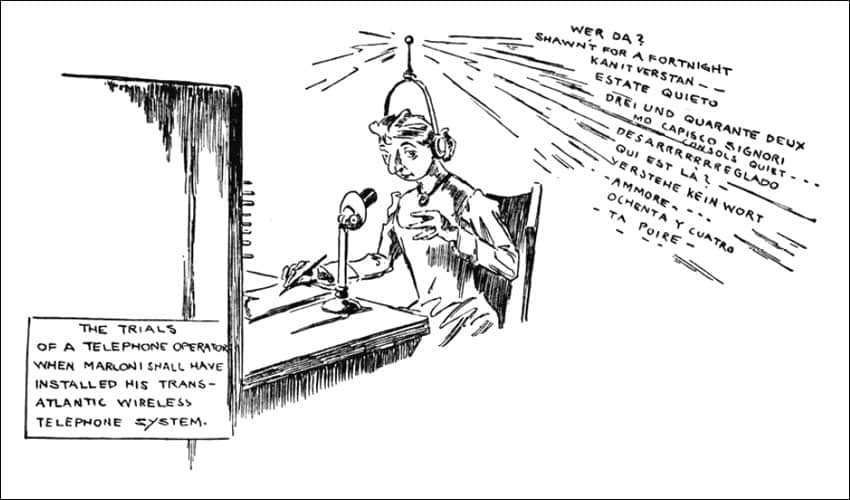
Telefunken-Zeitung, January 1914
Ironic? Although this cartoon muses on the difficulty of communicating in multiple languages, it has an English caption and was published in an otherwise all-German magazine. Fascinating that this appeared just six months before the outbreak of World War 1.
Morse challenge
Our challenge comprises two questions, sent at 20 wpm.
Please send your answers to ZL1NZ via radiogram or email.
Answer to previous Morse Challenge
I asked what CW skills you might be looking to develop or improve, and I received the following replies:
- Head Copy
- Better Listening
- Faster Sending/Receiving
- Conversational CW
So, now the question is: “How are you planning to achieve your goal?” This could be an interesting series, so if you would like to write a few words about your personal “CW Development Project” (ideally with progress updates) why not put fingers to keyboard and send it to your NZ Net News editor.
Alternatively, if anyone wishes to offer advice on achieving these goals, please share it with our readers via an article for NZ Net News. Thanks!
Video: The Collins story
Net tips: Pausing after QNY
It’s been quite a while since we did Net Tips in this newsletter (newer readers might like to refer to the list on our archive page).
Gerard ZL2GVA, our Tuesday Net Controller, suggested reminding operators not to be too quick when returning to net frequency after being sent QNY to pass traffic.
The reason for this, is that Net Control may have instructed a third station to QNQ, i.e. to move to the QNY frequency to pass traffic with one of the stations already there. If the original stations leave the QNY frenquency too quickly, they may not hear the third station calling, which means Net Control has to sort it out all over again.
So, if you are instructed to QNY, please wait five seconds on that frequency after exchanging traffic. If you hear no one calling you, then return to net frequency and check in there.
Advertising archive
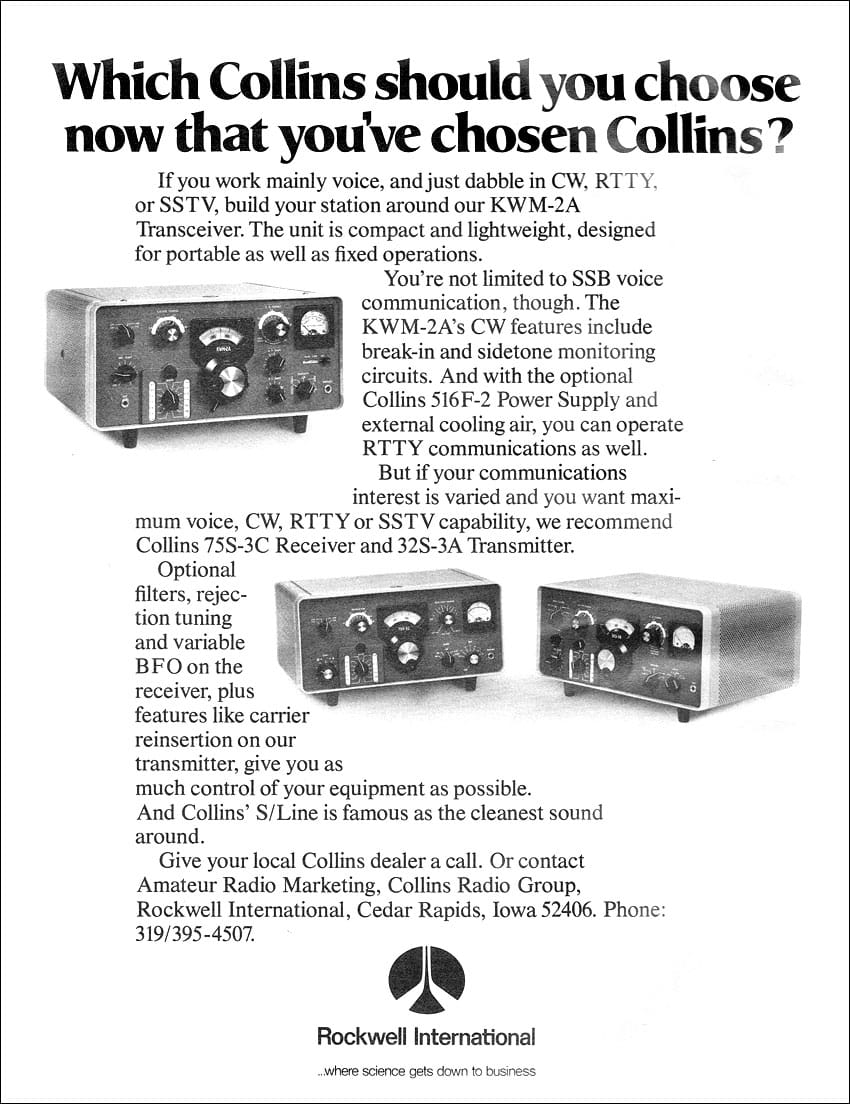
QST magazine
Suggestions?
If you have suggestions on how to make the NZ Net better, or things you’d like to see covered in these updates, please contact ZL1NZ. You might even like to write something for the newsletter.
Thanks for reading, and I hope to hear you soon on the NZ Net!
—
Neil Sanderson ZL1NZ, Net Manager
New Zealand Net (NZ NET)
3535.0 kHz at 9pm NZT Mon-Fri


